How to Arrange Flowers in a Tall Vase

By Judy Schumer
Beautiful flowers arranged in a tall vase can be the stunning centerpiece in any room. Tall vases offer a different look than their shorter counterparts; because of their height, tall vases and the flower arrangements placed in them offer vertical interest in spaces. A tall vase works perfectly as a decor piece in an entryway where it’s the first thing visitors see when entering your home. They’re also great for weddings, arranged high enough so they can be seen at multiple angles throughout the venue. Or, maybe you’re not working with a traditional vase, and are looking to arrange flowers in an alternative tall vessel like a pitcher or an urn.
A challenge with tall vases is that flower options can be a little more limited since tall vases usually equate to the need for long-stemmed flowers. The good thing is that there’s no need to be intimidated by tall flowers. Some showstoppers, like Bird of Paradise, need very little arranging in order to command attention.
Use our guide to choose the right flowers for your tall vase and learn how to arrange them so they stand tall and retain their fresh and delicate look. We’ll even help you incorporate shorter flowers into your arrangement with a few hacks that will give you unlimited display options.
Photo via Shutterstock
Flowers With Long Stems
If you’re using a tall vase, the easiest way to create a beautiful arrangement is to use flowers with long stems. All of the following flowers grow over two feet tall and are great cutting flowers.
- Echinacea firebird is a fiery red coneflower with a straight stem that grows two to three feet tall, making it sturdy for floral arranging.
- The stalks of tall bearded iris grow to about three feet tall, with ruffled petals that form a “beard” on each stem. The flower is available in a variety of colors, from white to multi-hued deep reds.
- Ranunculus is a colorful, full petaled flower that grows to about 18-24 inches tall. It is notable for the number of petals each flower head has.
- Ornamental onion grows to be five feet tall with a flower center the size of a baseball. Covering the center are clusters of tiny flowers, making this long-stemmed bloom a standout in any arrangement.
- Another giant bloom, king protea commands attention when displayed, making it easy to create a stunning arrangement with very few flowers and some foliage. The stems grow three to four feet tall.
- Snapdragons grow to be two to three feet in height and provide lots of smaller flowers on a single stem. Better yet, these flowers are available in every color of the rainbow.
- Bird of paradise is instantly recognizable by its bloom shape that looks like a bird in flight. It grows to five feet tall and looks best when supported by floral sticks and tape to keep it upright.
- The wide, clustered flower queen of the prairie grows from six to eight feet tall, producing pale pink flowers.
- The lantern-shaped flowers of Chinese lanterns are paper-textured, giving them an ethereal beauty. They grow about three feet tall, making them perfect for mantle vases.
- Bridal bouquet favorite delphinium grows to a height of two to four feet, with the most popular colors being rich shades of blue and purple.
- Amaranth is a loosely-clustered tall flower growing up to five feet tall, with the most popular color being bright red.
- Hollyhocks have multiple blooms per stem, growing five to eight feet tall.
- Popular garden flowers gladiolus grow to heights of four to six feet, producing large flowers on each stem. They come in a variety of colors, from pastels to deeper reds.
- Elegant and fragrant, oriental lilies are a favorite for wedding arrangements. They grow to three to four feet tall and need to have the stamens removed before placing them in a vase to avoid spreading their pollen, which stains anything it touches.
- An easy-to-grow flower, daylilies come in a multitude of colors and tend to be long-lasting when cut. They grow to an average height of three feet.
- Calla lilies are said to bring good luck, and the stems can grow to an impressive three feet tall.
- Long-stemmed roses are a classic flower, growing to about two feet in height. Their varying colors carry different meanings, from red for true love to white for purity, making them a versatile flower for arranging in any setting.
- The Mexican sunflower looks more like a large daisy than a sunflower, with bright orange-red petals. They grow to a height of four to six feet tall.
- No long-stemmed flower list would be complete without the sunflower. The cheerful, bright blooms can grow as tall as 15 feet, but most sunflowers used for arrangements tend to be three to four feet tall.
Photo via Mary @ Home is Where the Boat Is
How to Arrange Flowers in a Tall Vase
With long-stemmed flowers and a tall vase, you can create a stunning arrangement in no time. You can even use a simple trick to add shorter stemmed flowers to your display while keeping it beautifully balanced—keep reading to find out how.
Tools and Materials Needed:
- Tall vase
- Water
- Floral tape
- Flowers with stems cut to measure double the height of the vase
Step 1: Fill the Vase
Fill your clean vase with cool water about two inches from the rim of the vase.
Step 2: Tape a Grid
Create a grid over the rim of the vase with floral tape. Start by cutting a piece of tape to stretch from one end of the rim to the other. Stick the tape on each edge, pulling it taut before smoothing it, so that the tape will stick firmly to the rim on each side.
Continue attaching tape in evenly spaced lines across the vase opening. Then repeat, going perpendicular to your first lines of tape to form a grid. The lines for the grid should be a half-inch to one inch apart, depending on the thickness of your flower stems. The grid will hold one flower in each square.
Step 3: Arrange the Flowers
Starting from the center of the vase, insert the tallest flowers into the tape grid, one flower at a time. Foliage, like fern leaves, olive branches, or leafy shrubbery stems, can be nestled among the flowers.
Continuing in a circle, add flowers, trimming the stems as needed for the height you like. Placing shorter stems as you go around the circle will create a cone effect, where stems of similar heights will create a full mounded arrangement.
If you have shorter flowers that you’d like to include in a tall vase arrangement, there’s an easy fix. Choose a long-stemmed piece of foliage or a thin branch. Attach the shorter-stemmed flower to the branch or foliage using floral tape, being sure to keep the bottom of the flower stem exposed. Doing this will ensure that the smaller flower gets the proper amount of water it needs.
Finish the final outer circle near the rim with ivy or other hanging foliage for a dramatic effect. Doing so will also hide the rim of the vase and your floral tape grid.
Flower Arrangement Care Tips
After choosing the perfect flowers to fit into a vase you love, you want them to last more than a day or two. Use the tips below to keep your arrangement looking fresh longer.
Water Frequently
Freshly cut flowers take in a lot of water. Keep the vase full, adding water daily if needed. Change the water every two to three days, or sooner if the water has turned cloudy. Clean water keeps bacteria away from the stems, giving them a longer life.
Cut the Stem Ends
Trim the ends of the flower stems every time you change the water using sharp, clean, scissors or hand pruners. Also, cut the stems at an angle to allow proper water flow around the cut.
Choose the Location Carefully
Both heat and direct sunlight can cause cut flowers to overheat and wilt or mature too fast, which shortens the time they’ll look fresh. Choose a cool area to display your vase to prolong the arrangement’s beauty.
Another consideration when choosing a location for your vase is how close to fruits or vegetables it will be. As fruit and vegetables ripen, they give off an invisible gas called ethylene, which causes flowers to drop their petals.
Feed Your Flowers
Flowers need food, and it’s a good idea to use a bactericide along with each feeding. The little food packets that come with purchased flowers work wonderfully, but you can also make your own food with anti-bacterial properties by mixing half a teaspoon of bleach with one teaspoon of sugar in a quart of warm water.
Vodka also works as a bactericide: Mix half a teaspoon of clear vodka with one teaspoon of sugar in a quart of warm water to ensure a bacteria-free, long-lasting arrangement.
Keep the Vase Clean
Always clean your vase with warm, soapy water and rinse it well, both before and after placing flowers in it. Flowers are susceptible to bacteria, so you want to make sure none of it carries over between arrangements.
Do you grow long-stemmed flowers for arranging? What are your favorites? Let us know in the comments, we’d love to hear from you!
Enjoyed the project?
Comments
Join the conversation
-
 Swift
on Aug 28, 2024
Swift
on Aug 28, 2024
Tall vases can really make a statement! I once used a tall vase for a big family gathering, and it was amazing how it drew everyone's attention. I put in some Bird of Paradise and a few shorter flowers mixed in for contrast. It was surprisingly easy to arrange, and the height added a lot of drama to the table. If you need some ideas on which flowers to use or how to get the arrangement just right, check out https://www.petalrepublic.com/the-official-birth-month-flowers/. They have great tips that can help you make the most of your tall vases.
-



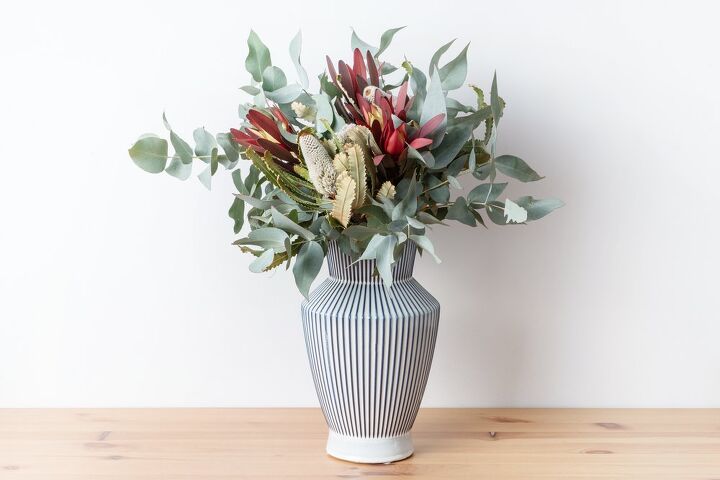


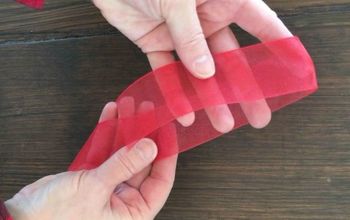
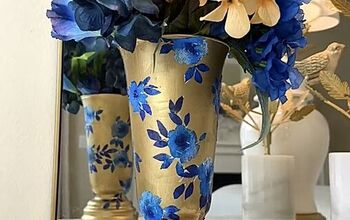
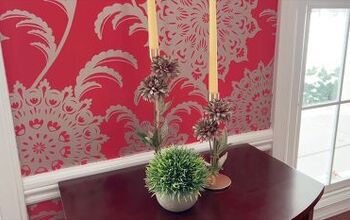


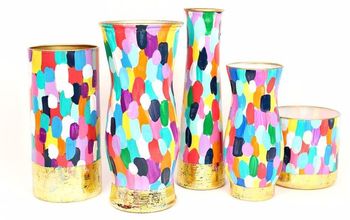

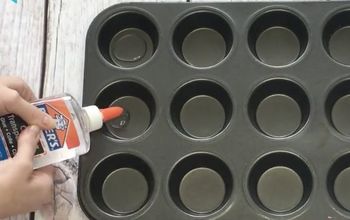
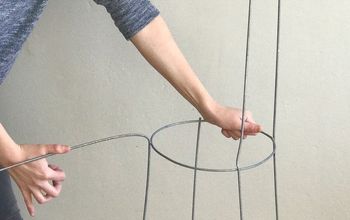

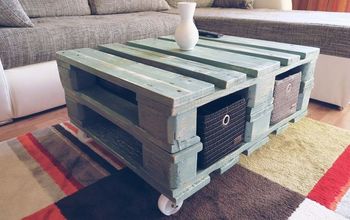
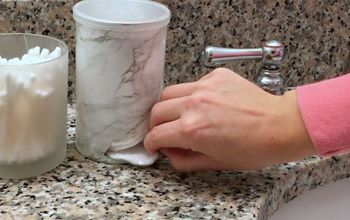
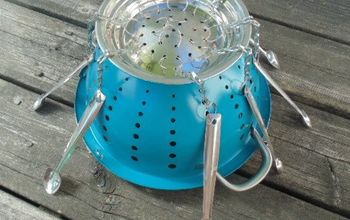

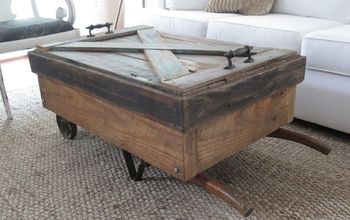
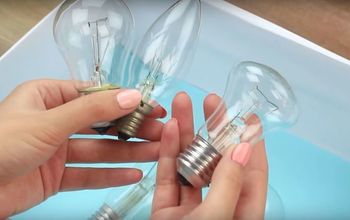


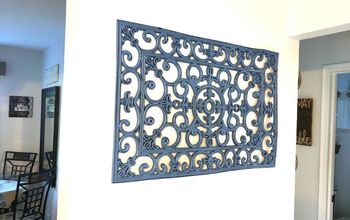
Frequently asked questions
Have a question about this project?